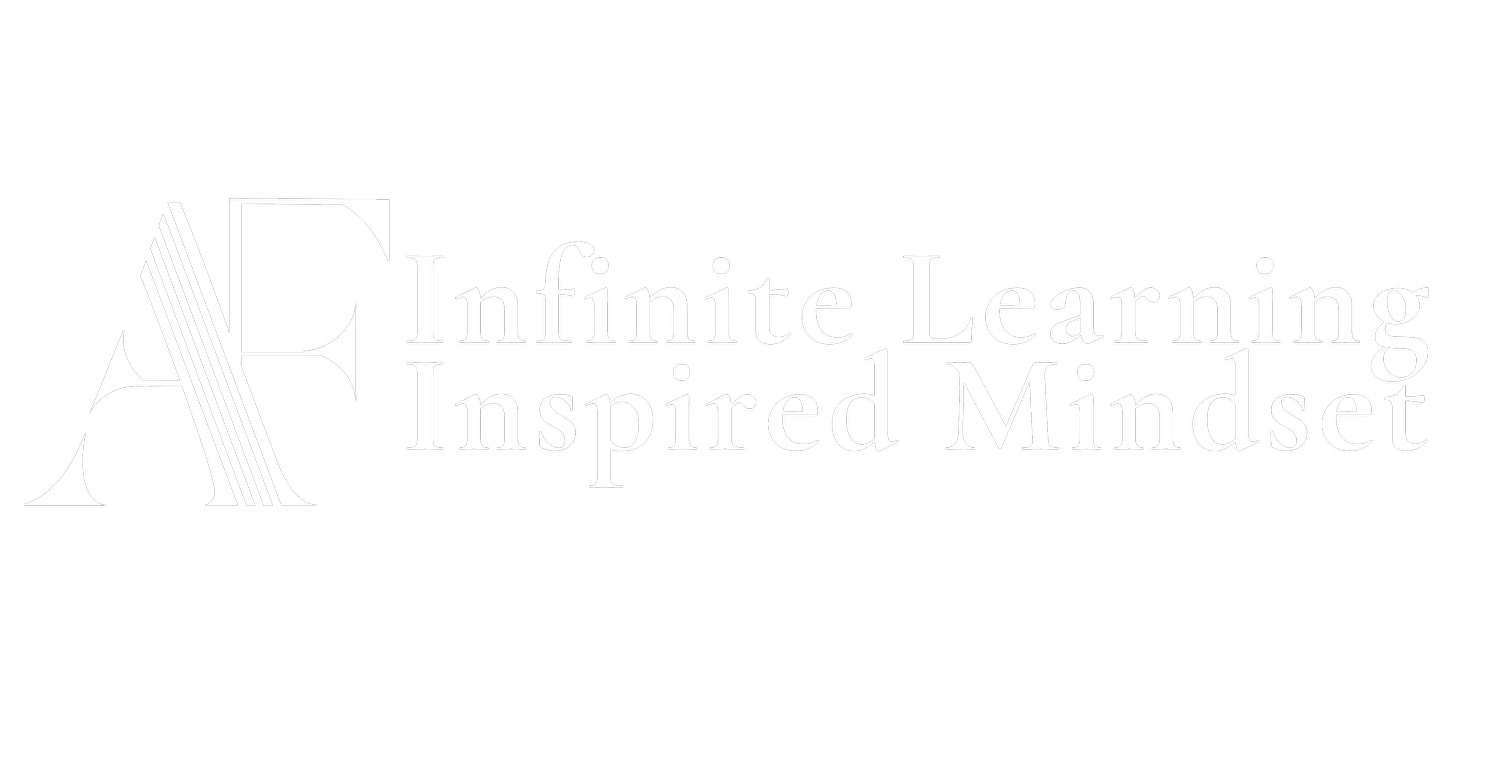Changing demographics prompt new tactics in higher ed
This article originally appeared in the Worcester Business Journal.
The influence of declining freshman-age students in New England, increased use of technology and the importance of a continued commitment to the community were highlighted Wednesday morning during a discussion of the future of higher education as part of the Worcester Business Journal Power Breakfast Series.
One of the major influences coming to New England in the next four years, said Richard Doherty, the president of the Association of Independent Colleges and Universities in Massachusetts (AICUM), will be a decline in 18-year-olds across all states. Doherty made the statement during a keynote address at the breakfast before hosting a discussion panel made up of Clark University President David Angel, Becker College President Robert Johnson, Worcester State University (WSU) President Barry Maloney, and Lee Rubenstein, who is VP of Business Development at edX, a company that hosts free classes from Universities that include Harvard and MIT.
"All New England states are going to be facing a significant demographic challenge with 18-year-olds," Doherty said.
This creates both a challenge and an opportunity, said Doherty, with states such as California, Florida and Texas growing in that age group and not having the capacity in their colleges and universities to handle the education needs. Becker has focused on reaching outside of New England to these growing areas for college students, said Johnson. For WSU, which pulls up to 85 percent of its students from Central Massachusetts, the forecast decline of 18-year-olds by 9 percent in the next four years has meant a focus on non-traditional aged students and online courses to expand the school's reach.
"Technology comes in and plays a key role for us moving forward … online learning and other forms of expanded course offerings will allow us to go into other parts of Massachusetts and other parts of New England in a way that we couldn't afford to do otherwise," Maloney said.
Online courses, and the ability they have to reach different students, were highlighted throughout the discussion. In the case of edX, certificate courses are available in a multitude of areas and bring free education anywhere there is a computer. Johnson highlighted the value of Becker's blended courses, where online and in-person teaching meld, saying that it can create a better benefit for the students than if there was only one of the components.
"The technology is a tool and what we have to make sure of is that students are realizing the outcomes so that real learning is taking place," he said.
All the panelists said one certainty for the future among the colleges and universities in Worcester is the importance of continued support and partnership with the community. The areas schools cannot grow independently of the city, just as the city cannot grow without its schools, said Angel.
"Clark University was not going to flourish unless the neighborhood, the community and the city we were a part of flourished as well," he said. "Whenever we talk about any role we play in the city, the first word out of our mouth is partnership."
Doherty said that the ongoing work throughout Worcester and its schools is being noticed in Boston. There is a growing buzz about Worcester, he said.
"I think Worcester has a growing reputation as a hot city," said Doherty. "The institutions, public and private alike, are putting Worcester on the map."

